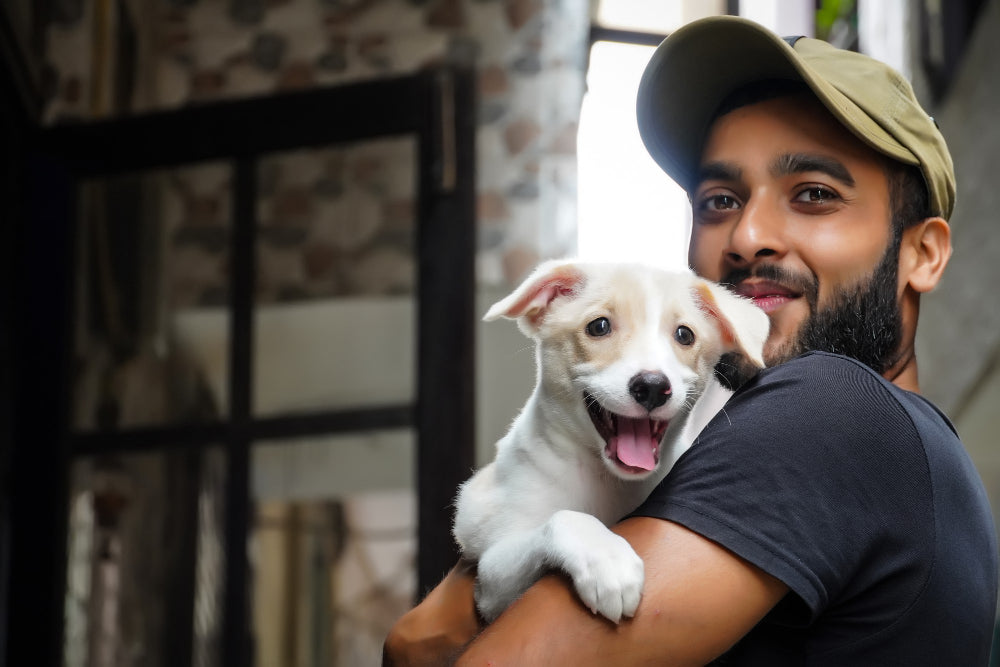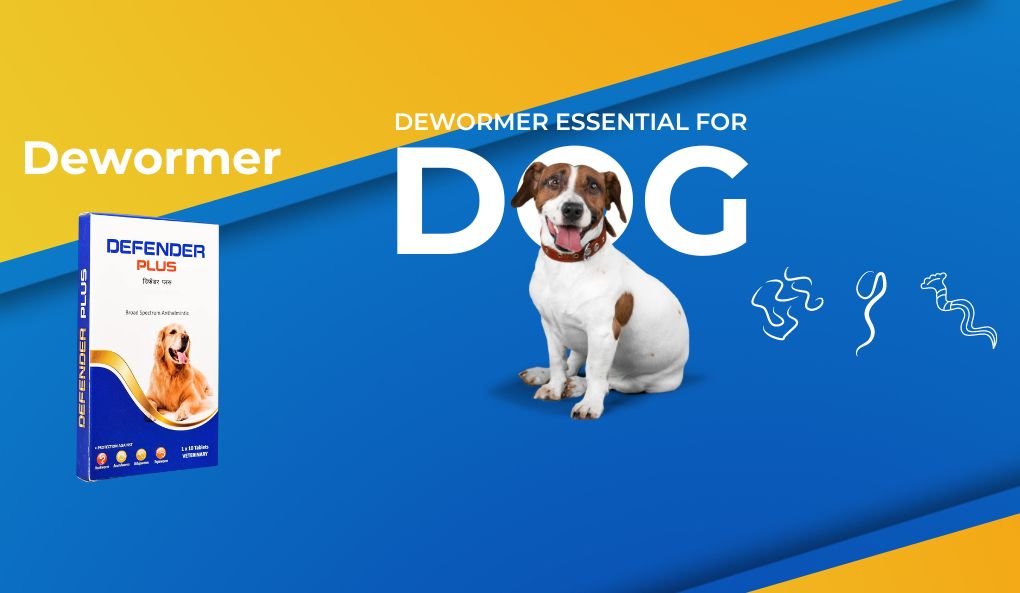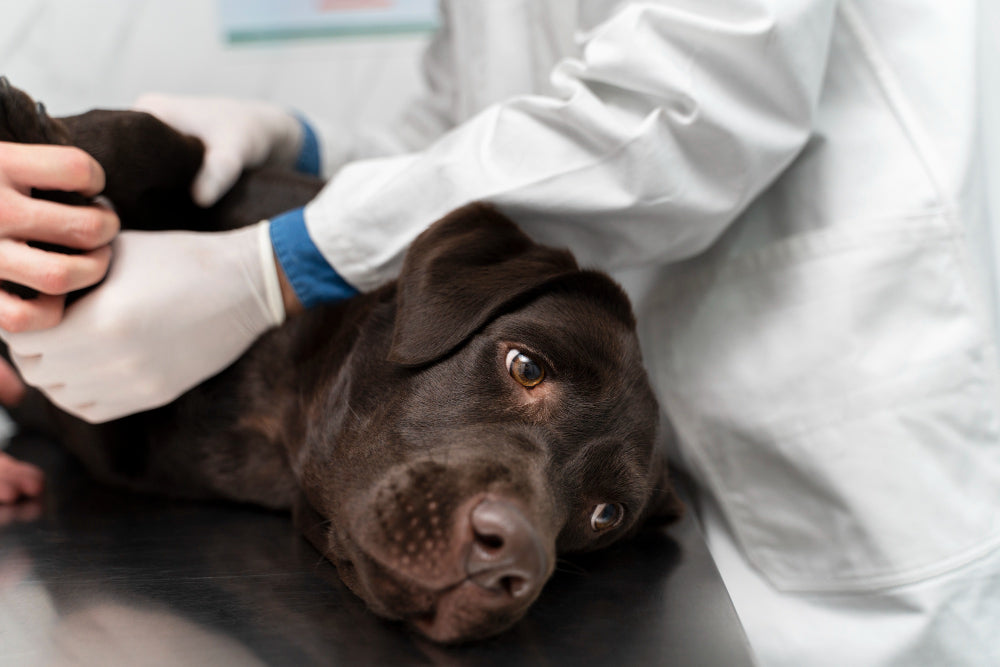
Must: Daily Care For Dog’s Eye
For most dogs, healthy eyes require very little attention; beyond using a moist cloth to clean away any crusts that may accumulate overnight.
Cases & Care:
- You can check that errant hairs or lashes if touching the cornea (the clear outer surface of the eye) and causing irritation. Dogs with long hair or with eyelid problems though may need special care, such as clipping the hair or tying it back or trimming the hair to help keep hair away from the eyes.
- In some cases, extra eyelashes may turn into the eye & scratch the cornea; in this situation, surgery may be recommended to correct the condition.
- Many eye problems can cause a watery or mucous discharge where tear ducts get clogged & tears drain out onto their face. This may cause fur on the face to stain red or brown.
- Pain in eye sometimes, may cause your dog to squint or paw at his eye. Swelling, redness or discharge may indicate glaucoma, a scratched cornea, an object (foreign body) in the eye or one of several other problems. Some dogs don’t produce enough tears, a painful condition called “dry eye” (keratoconjunctivitis sicca, or KCS). Contact your vet if you notice squinting, pawing, rubbing redness or discharge for an ophthalmic exam. If you can see a sort of half-moon shape behind the pupil,anything protruding from the pupil or any change in pupil size is cause for an immediate visit to the veterinarian as these symptoms could indicate a brain injury, lens detachment or another potentially serious problem.
- One of the most frequently seen eye problems found in dogs is eye stains. Stains appear under a dog’s eyes and they are usually brown or reddish in color. They are particularly noticeable on dogs with white or light-colored coats and they seem to be most prevalent in Toy and small breed dogs.These eye stains are caused by tears that overflow the eye and fall below the eyelid. Bacteria changes the tear stain to brown or red. Dogs produce tears all the time to keep their eyes lubricated. Normally these tears drain through the tear duct and into the dog’s nose. However, if the tear duct is blocked, the tears will spill over below the eyelid. Dogs who have eyes that bulge can have blocked tear ducts. Some dogs have blocked tear ducts if they have hair that grows close to their eyes. You might be able to reduce the blockage problem if you keep the hair around the eyes trimmed.There are some products like Visiosafe, you can use for wiping the stains away daily and killing the bacteria. If your dog does have stains below his eyes you should clean his face regularly to keep the bacteria from growing.
- Eye infections: –Dogs can get eye infections just as you do. One frequent kind of infection they can get is conjunctivitis. The symptoms of conjunctivitis are redness around the eye coupled with a yellow or green discharge. If you notice these symptoms you should take your dog to the vet to have the eye checked. Your vet will probably give you an antibiotic ointment to treat the eye.
Protecting Eyes:
There are several ways you can protect your dog’s eyes. If your dog’s hair regularly gets in his eyes and scratches the cornea, you will need to keep the hair around the eyes trimmed. You can use a pair of blunt-tipped scissors for this job. You do not have to cut all the hair around the face. Many breeds have hair around the face to protect the face from being scratched if they go through brush or for other reasons. There is a logical reason why they need hair around their face. You just need to trim the hair right around the eyes.
You should never allow your dog to stick his head out a vehicle window when you drive, no matter how much he enjoys it. Dogs can get rocks, bugs, and other debris in their eyes when they stick their heads out the window. They can get a serious injury this way.
When you are shampooing and bathing your dog, it’s a good idea to put a drop or two of mineral oil in your dog’s eyes before you begin. This will protect his eyes from shampoo and conditioner than can sting and burn his eyes.
You can also put a drop of mineral oil or an ophthalmic ointment in your dog’s eyes before putting any flea or tick products on your dog so they won’t sting his eyes.
Daily care: You should check your dog’s eyes every day and remove mucus and grit that collects in the corners of the eyes. Make sure the eyes look healthy and bright and that there is no unusual discharge. Clean away any tear stains that have collected below the eyes.
Source: Vet Street News
What do you do to take care of your companion’s eyes?







